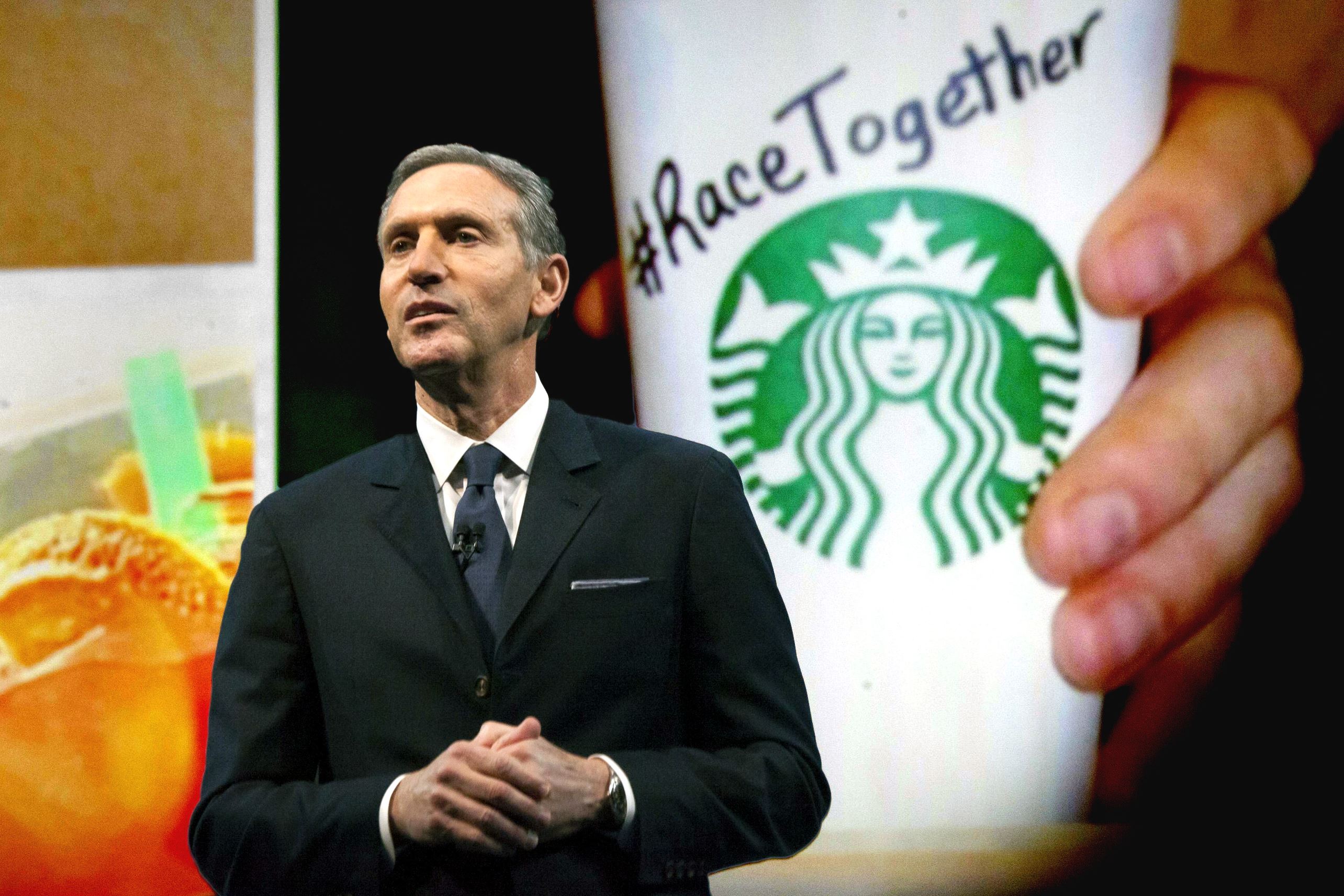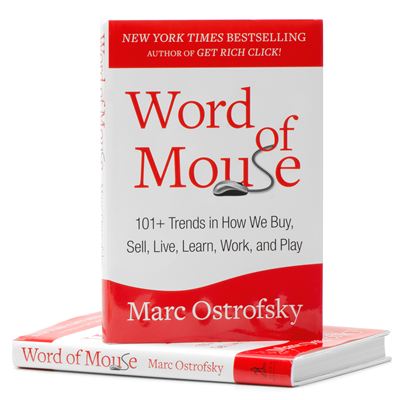You may have noticed that Planned Parenthood is in hot water. Now that a third undercover video has been released…this one featuring a PP official from Colorado discussing the selling of fetal organs…the crisis is moving from social media to front page news. But that is exactly what Planned Parenthood is trying to prevent by hiring a Public Relations firm. The firm is, according to Politico‘s website, attempting to keep media outlets from covering the story by claiming that the videos are a violation of patients’ privacy. That was the same tactic used to prevent the distribution of the Frederick Wiseman’s ground-breaking documentary Titicut Follies. That documentary was effectively banned for 24 years. Produced in 1967, the film eventually aired on PBS in 1992.
Another tactic being employed is to discredit the source of the leaked videos. According to a PR website,
Ferrero blasted the video publishers, the Center for Medical Progress, as a “well-funded group established for the purpose of damaging [PP’s] mission and services.” He said the video was heavily edited and falsely portrays the group’s participation in tissue donation programs.
This incident raises ethical questions about undercover reporting and agenda-driven journalism. Gotcha sound bites and crafty editing can be used to manipulate unsuspecting, or already convinced, audience members that this is an open and shut case. Perhaps it is…and time will tell if we can just sustain our focus and attention on the legitimate concerns.
Social media thrives on polarizing stories such as this one. With a catchy hashtag calling for the defunding of Planned Parenthood, i.e. #SToPP, social media will keep the debate front and center for at least a short time.

 Companies take risks and try new things. Sometimes they work, and other times…well, let’s just say they sometimes fail to produce the intended result. Starbuck’s “Race Together” campaign is just one of the most recent examples of a well-intended effort that backfired when consumers used social media to push back. Interactivity is one of the things that makes social media so incredibly powerful and valuable. But like any powerful force, if it gets out of control (which it so frequently does) it can wreak havoc.
Companies take risks and try new things. Sometimes they work, and other times…well, let’s just say they sometimes fail to produce the intended result. Starbuck’s “Race Together” campaign is just one of the most recent examples of a well-intended effort that backfired when consumers used social media to push back. Interactivity is one of the things that makes social media so incredibly powerful and valuable. But like any powerful force, if it gets out of control (which it so frequently does) it can wreak havoc.
 The Broncos and Seahawks gave us a great game this afternoon. Millions tuned in to see the rematch of last year’s Superbowl, and this time it was a much more interesting affair. But if you’ve been paying attention to the news the past few weeks you know that the NFL is in the spot light…but not for the right reasons.
The Broncos and Seahawks gave us a great game this afternoon. Millions tuned in to see the rematch of last year’s Superbowl, and this time it was a much more interesting affair. But if you’ve been paying attention to the news the past few weeks you know that the NFL is in the spot light…but not for the right reasons. You may have heard by now that Facebook cooperated with researchers from two universities to study emotional contagion. The question that they wanted to answer was, does the emotional tone of others’ posts on your Facebook wall affect the tone of your posts? To find the answer they conducted an experiment…on nearly 700,000 Facebook users. The methodology was fairly straightforward; they began by using software to analyze posts in order to categorize them as either negative or positive. Then, they manipulated which posts were more likely to show up on the wall of certain Facebook users. By analyzing those users’ posts they were able to determine if they became more positive or negative as a result. Sounds like an interesting experiment for those of us interested in social science and the effect that mediated interactions may have on our personal disposition or behavior.
You may have heard by now that Facebook cooperated with researchers from two universities to study emotional contagion. The question that they wanted to answer was, does the emotional tone of others’ posts on your Facebook wall affect the tone of your posts? To find the answer they conducted an experiment…on nearly 700,000 Facebook users. The methodology was fairly straightforward; they began by using software to analyze posts in order to categorize them as either negative or positive. Then, they manipulated which posts were more likely to show up on the wall of certain Facebook users. By analyzing those users’ posts they were able to determine if they became more positive or negative as a result. Sounds like an interesting experiment for those of us interested in social science and the effect that mediated interactions may have on our personal disposition or behavior.

